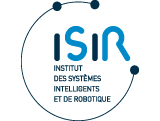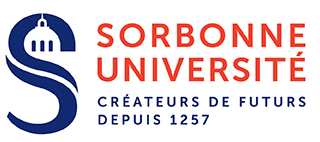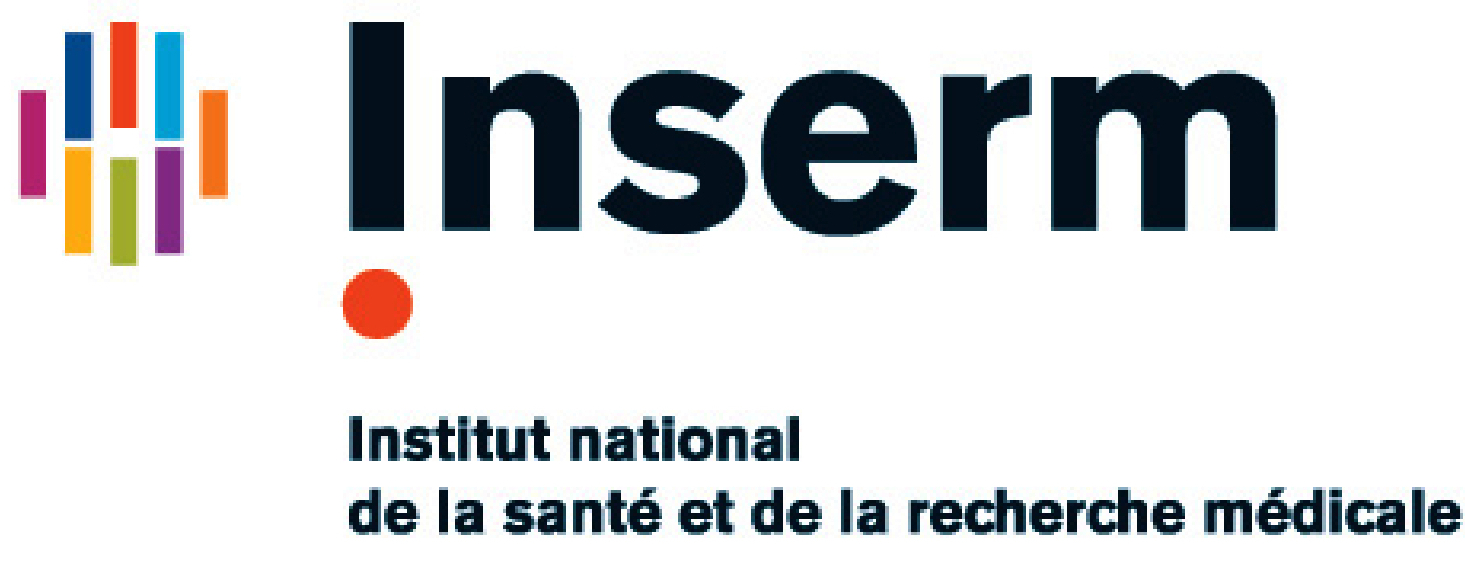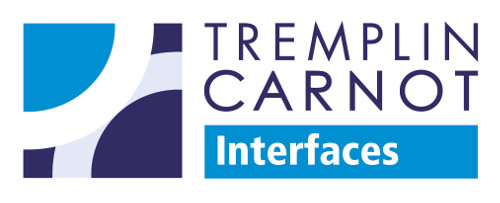SYROCO
Sensor fusion for GPS-Denied COntrol of MAVs
Multicopter MAVs (Micro Air Vehicles) have recently emerged as a powerful tool for inspection applications. This is due to their ability to move rapidly in 3D space and to their reduced size/weight synonymous with low cost and reduced danger. However, safely operating a MAV requires to localize it precisely in real-time, especially to avoid collisions with obstacles. Today, this is essentially done by using GPS sensors, despite the fact that this sensor cannot detect obstacles. Another limitation of this approach is that GPS is not always reliable and it is not even always available. For these reasons, in recent years the robotics community has been active in developing algorithms that allow a MAV to localize itself in GPS-denied environments, thanks to exteroceptive sensors such as cameras, lidars, or ultrasonic sensors. In this context, we have essentially focused on the development of IMU-aided fusion algorithms, either in the context of monocular vision, or in the context of 2D-lidars.
IMU-aided monocular pose estimation: We have developed several fusion/estimation algorithms between IMU data (gyrometers, accelerometers) and vision data provided by a monocular camera observing a planar scene. This has been done in the context of full 3D pose estimation (i.e., by assuming knowledge of the targets size for scale factor determination, or by relying on persistent motion to estimate the scale factor), as well as in the context of projective estimation (i.e., space of homography matrices). We have also developed calibration algorithms to estimate 3D pose from IMU to camera frames. Most of these algorithms have been validated experimentally, either with a hand-held camera, or on drones. In particular, in cooperation with the startup Robocortex, we have developed a visuo-inertial sensor called “Robox” that has been used for drone navigation. Finally, we have proposed feedback control designs and analysis, based on these visual and inertial measurements.
3D pose estimation based on IMU/Homography data, without prior on the scale factor
Robox: a 300gr all-included visuo-inertial sensor, with application to drone navigation
3D pose estimation based on IMU/Homography data, with prior on the scale factor
Related publications:
1. A. Eudes and P. Morin, A linear approach to visuo-inertial fusion for homography-based filtering and estimation. 2014 IEEE/RSJ Int. Conference on Intelligents Robots and Systems (IROS), 2014.
2. H. de Plinval, P. Morin, P. Mouyon, T. Hamel, Visual servoing for underactuated VTOL UAVs : a linear homography-based framework. Int. Journal of Robust and Nonlinear Control, Vol. 24, 2014.
3. H. de Plinval, P. Morin, P. Mouyon, Stabilization of a class of underactuated vehicles with uncertain position measurements and application to visual servoing. Automatica, Vol. 77, 2017.
IMU-aided 2D-Lidar pose estimation: 2D-lidars (planar lidars) have been used on ground robots to obtain accurate 2D-pose estimates of robots in indoor environments. Extension to 3D-pose estimation has been considered in the literature for drones, also for indoor environments that are essentially height-invariant. We have developed IMU-aided 2D-Lidar 3D pose estimation for unconventional environments, like electric towers, the geometry of which vary significantly with height. In this case, IMU data (gyrometers, accelerometers, barometers) play an essential role to keep an accurate estimation of the 3D pose.
The drone flying in front of an electric tower, achieving real-time pose estimation and tower reconstruction. A drone built at ISIR with a Hokuyo 30LX 2D-lidar
1. C. VIña, P. Morin, Feature-based pose estimation on-board MAVs equipped with 2-D laser scanners for the automatic inspection of electric towers. International Workshop on Robot Motion and Control (ROMOCO), 2017.
2. C. VIña, P. Morin, Model-based pose estimation on-board MAVs equipped with 2-D laser scanners for the automatic inspection of electric towers. International Workshop on Robot Motion and Control (ROMOCO), 2017.
3. C. VIña, P. Morin. MAV local pose estimation with a 2D laser scanner : A case study for electric tower inspection. International Journal of Micro Air Vehicles. Article accepté, à paraître en 2018.






